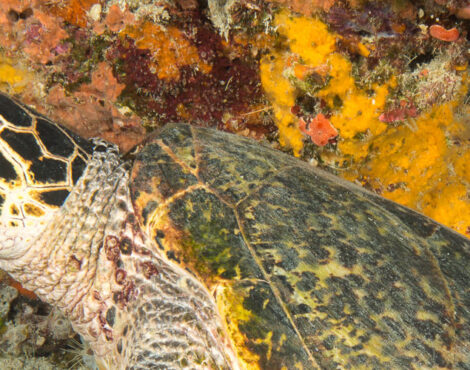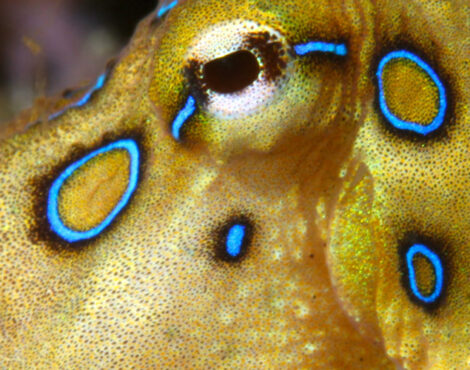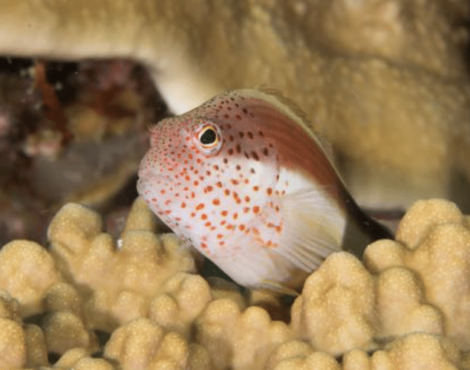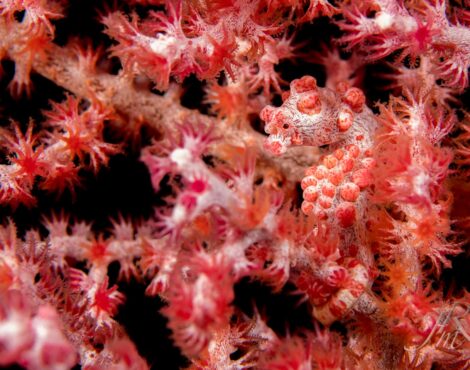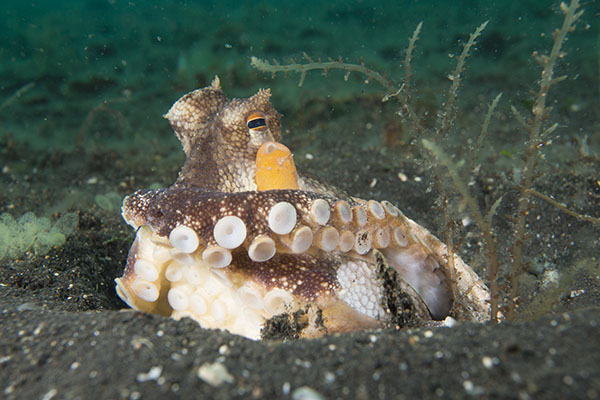
When most people book their diving vacation to Bunaken Marine Park, they picture themselves swimming past dramatic coral covered walls, navigating through colourful schools of fish. This maybe what the diving around the islands is like, but what most people donât realise is that Bunaken Marine Park is split into two distinct areas that offer very different diving to one another.
Siladen is set in the north section of the marine park, so naturally we focus most of our diving and snorkelling activities around this area. The northern section covers the five island of Bunaken, Manado Tua, Mantehage, Siladen, and Nain, as well as a small section of the North Sulawesi Mainland.
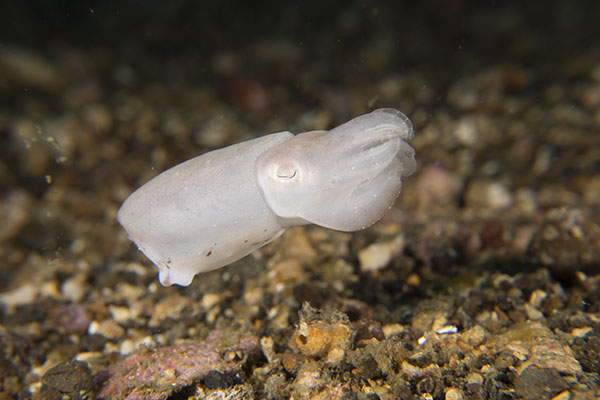
Roughly one hour south-west (on one of our fast boats) of the northern section of the park is the southern section (also known as the mainland section) and the two parts are divided by the city of Manado and itâs surrounding villages. Here the diving is completely different to what you find in the north. Instead of deep vertical walls, you will find black volcanic sand slopes that disappear into the deep. This is where Bunaken Marine Park offers true black sand muck diving.
While most people want to spend the majority of their time with us diving and snorkelling on the incredible walls that are just a stones throw away from their beach villas, it is nice to experience all the diving that this region has to offer. This is why we offer our popular day trip to the Bangka archipelago, but we also offer full day trips to the southern section of Bunaken Marine Park, or as we call it, Manado Bay.
The Manado Bay day trip
For Manado Bay, we depart from Siladen at the normal time of 08:00, but we make sure to pack enough equipment for three dives, plus lunch.
As we sail south over the open Celebes Sea, there is a high chance of encountering pods of dolphins, pilot whales, and at the right time of year, even sperm whales. While we tend to make a beeline towards the first dive site, our captain and crew are always more than happy to go a little off course if they spot anything interesting.
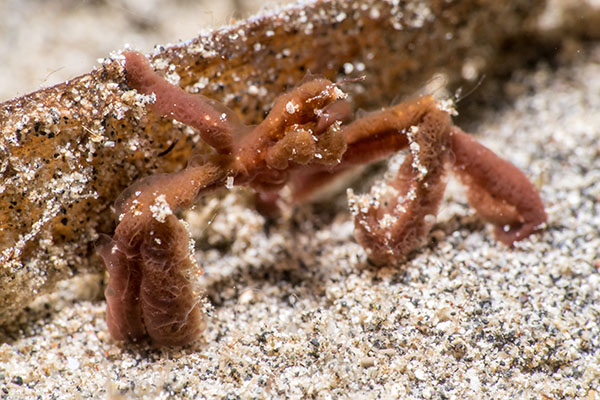
We always visit the furthest dive site first, which usually takes around one hour sailing at a decent speed. After a briefing explaining the dive site layout, what you might see, and muck diving procedures (for those who have never been muck diving before), it is time to get into the water.
We still follow the same rule (one hour) regarding surface intervals, so we can use this time to change equipment, relax, and move to the next dive site. While you are enjoying the second dive, the crew will be busy setting up a table on the boat so they can prepare your lunch â sadly unlike with the Bangka trip, there are no nice beaches available for us to park and eat on the beach.
We make a slightly longer surface interval between the second and the third dive (one and a half hours) so we give ourselves time to digest and relax a little. We generally aim to be in the water for the third dive by 14:00, which means we tend to be back at the resort by 16:30 at the latest, meaning a night dive is also possible after the Manado Bay day trip!
Manado Bay diving
The diving in the southern section of Bunaken Marine Park (Manado Bay) mainly consists of black sand slopes, although there are some areas with sloping walls with beautiful coral coverage. As most people want to visit Manado Bay to see something different than what is around Siladen Resort & Spa, we tend to visit just the black sand slopes unless requested otherwise.
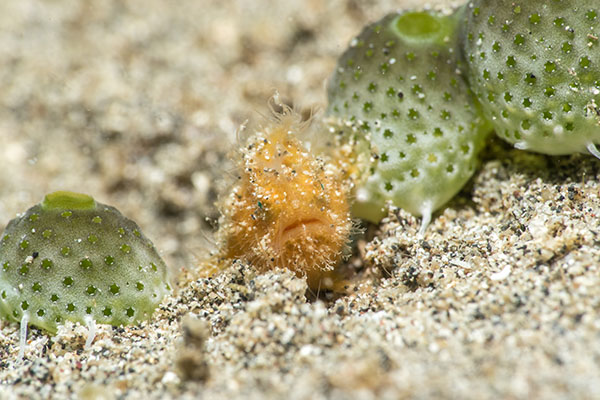
The colour of the sand is comparable to that of what you would find in the Lembeh Strait. It is very dark, and very fine â even the slightest movement of the sand could kick up a large amount of sediment and reduce visibility.
Although the conditions are similar to that of the Lembeh Strait, the visibility is generally better, and on average you can expect around 15 metres. This is obviously dependent on many things â rainfall on the mainland means the rivers will swell and bring more sediment from land into the sea, and if there are waves from the north, visibility can be reduced to almost zero. Because of this, we tend to postpone Manado Bay trips if there is a strong northerly or westerly swell.
Manado Bay Critters
As always with muck diving, the main goal is to search for the bizarre creatures that have evolved to live in such a hostile environment. As there is very little protection from predators, the animals must be either highly camouflaged to avoid predation, and the predators must also be camouflaged to avoid detection by their prey. Furthermore, the constant flow of fresh water from the mainland can alter salinity levels, which again, is something most marine animals cannot survive.
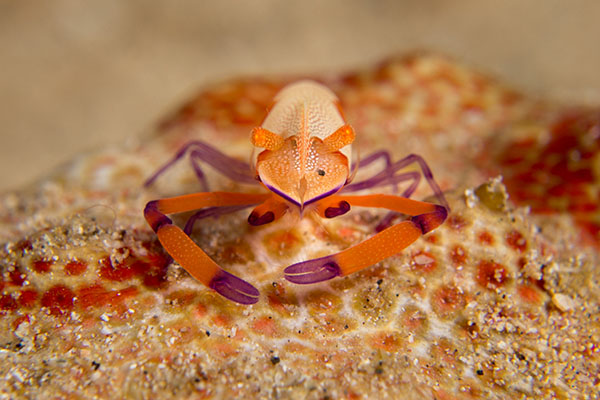
Although the types critters vary over the year, we almost always encounter several nudibranch species, various species of frogfish in all colours, spearing mantis shrimp, long armed octopus, decorator crabs, robust and ornate ghostpipefish, and various types of scorpionfish.
Occasionally, we also find coconut octopus, hairy frogfish (including a black one!), Ambon scorpionfish, and surface encounters with dugongs are not unheard of.
Joining our Manado Bay trip
If you would like to make a change of scenery and visit Manado Bay during your next visit, just pop into the dive centre and make an enquiry. We just require a minimum of four people to run the trip.
If you have never been muck diving before, any of our instructors will be more than happy to explain specific procedures beforehand, and you may also find some useful tips here.


